Welcome, dear travelers!
Traveling to Europe for the first time is an exhilarating adventure filled with beautiful landscapes, rich history, and vibrant cultures. There are certainly cultural differences – but these are one of the most exciting aspects of travelling. But there are also very practical differences. And knowing these can, at best, avoid a misunderstanding, but at worst, a real problem.
To ensure you have the best time possible, here are some practical tips that will help you prepare and make the most of your amazing trip.
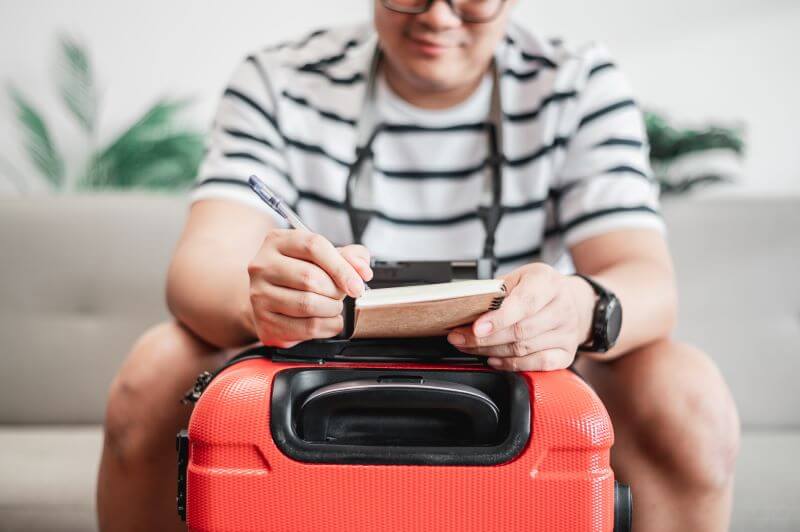
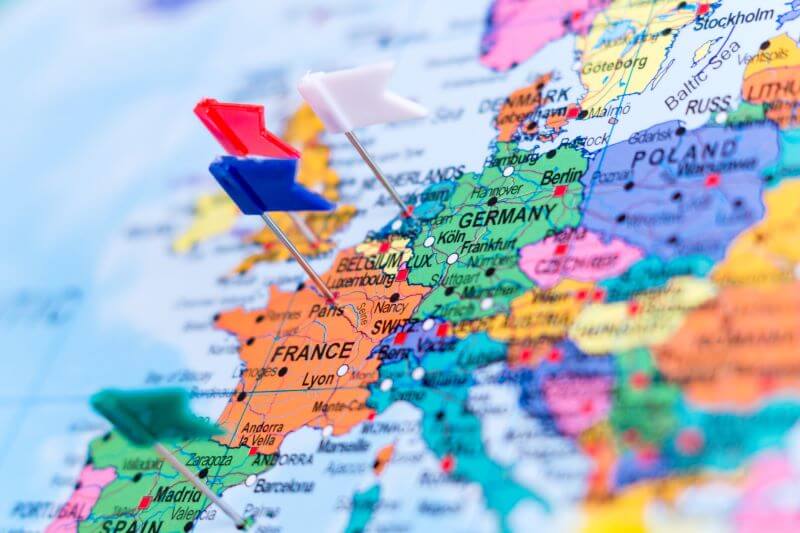
Choosing the right destination for your European vacation can be both exciting and overwhelming, given the continent’s vast array of options. Start by considering what type of experience you’re seeking. Are you drawn to the rich history and art of major cities like Paris, Rome, and Barcelona in Western Europe?
Or perhaps the stunning natural landscapes of Northern Europe, with destinations like Norway, Sweden, and Iceland, are more your style. If you’re looking for a more budget-friendly and off-the-beaten-path adventure, Eastern Europe offers charming cities like Prague, Budapest, and Krakow.
Think about the time of year and the weather, as these can significantly impact your experience. Summer is ideal for beach destinations and outdoor activities, while winter offers magical Christmas markets and skiing opportunities. Your budget and travel style are also crucial factors. Some European countries are more expensive than others, so plan accordingly.
Additionally, consider the distance between cities and the available transportation options. Europe’s well-developed public transportation system makes it easy to travel between destinations without a car. Research the best ways to get around your chosen destination, whether it’s by train, bus, or plane, and plan your itinerary to maximize your time and enjoyment.

One of the most common mistakes first-time travelers make is trying to see too much in a short amount of time. When planning your trip, consider focusing on a European city to truly experience its unique culture and charm. Instead of cramming multiple cities into a week, focus on a few key destinations. This allows you to immerse yourself in the local culture and enjoy each place without feeling rushed. Prioritize what you want to see and do, stay at a destination for a while, and consider the travel time between locations.


When traveling through Europe, especially with its cobblestone streets and older buildings, packing light is crucial. Choose versatile clothing that you can mix and match, and don’t forget to include comfortable shoes for all the walking you’ll be doing.
A stylish pair of sneakers will keep you looking good while exploring picturesque streets and iconic landmarks. And remember, that you can do laundry along the way. For more practical advice, consider these Europe travel tips to help you plan your trip effectively.

One essential Europe travel tip is to be prepared for different payment methods and foreign transaction fees that might be charged. Consider using credit cards that do not charge foreign transaction fees to avoid additional costs.
While credit cards are widely accepted, some places, especially in smaller towns or markets, may prefer cash. Even today, it is still advisable to have some cash with you.
Please be aware that the euro is NOT used in all countries in Europe. Some countries still have their own local currencies. Additionally, inform your bank of your travel plans to avoid any issues with your cards while abroad.
• Prices Always Include Tax: In most European countries, the prices you see on tags always include tax, so you pay exactly what the tag says.
• Service Costs: If service costs need to be added, this will usually be noted on the menu or bill.
• Using credit cards that do not have foreign transaction fees can save you money and provide convenience over carrying large amounts of cash.
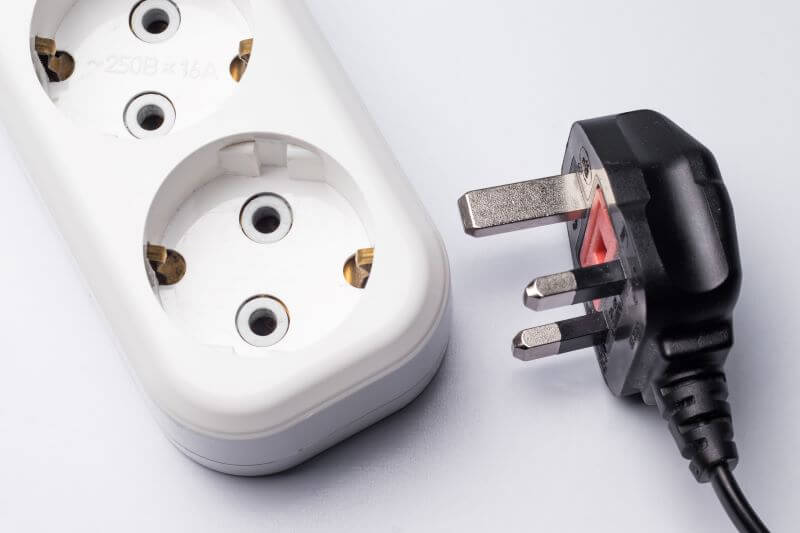
Before you go, familiarize yourself with the power outlets and voltages in Europe. Most countries use Type C or Type F plugs, which have two round pins. The standard voltage is typically between 220V and 240V. Bringing a plug adapter and voltage converter will ensure your devices stay charged and ready for all your adventures.

Navigating Europe can be both easy and affordable, thanks to a variety of transportation options. When it comes to flights, booking in advance can help you save money. Look for budget airlines that offer competitive fares, but be mindful of additional fees for checked bags or onboard meals.
Trains are a popular and efficient way to travel between European cities. Many countries offer high-speed trains that can whisk you from one city center to another in a matter of hours. Consider purchasing a rail pass, which can provide unlimited travel within a certain period and save you money.
If you prefer the flexibility of driving, rental cars are widely available. However, driving in Europe can be challenging, especially in major cities with narrow streets and heavy traffic. Familiarize yourself with local driving laws and consider renting an automatic car if you’re not comfortable with a manual transmission.
Whether you choose to fly, take the train, or drive, planning your transportation in advance will help ensure a smooth and enjoyable Europe trip.

Europe boasts an extensive and efficient public transportation system. Trains, buses, and trams can take you to most tourist destinations at a fraction of the cost of taxis. Familiarize yourself with the local transit options before you arrive, and consider purchasing travel passes that offer unlimited travel during your stay.
For example, for many Turbopass destinations, the ticket for public transport is part of the combined ticket and included in the price.
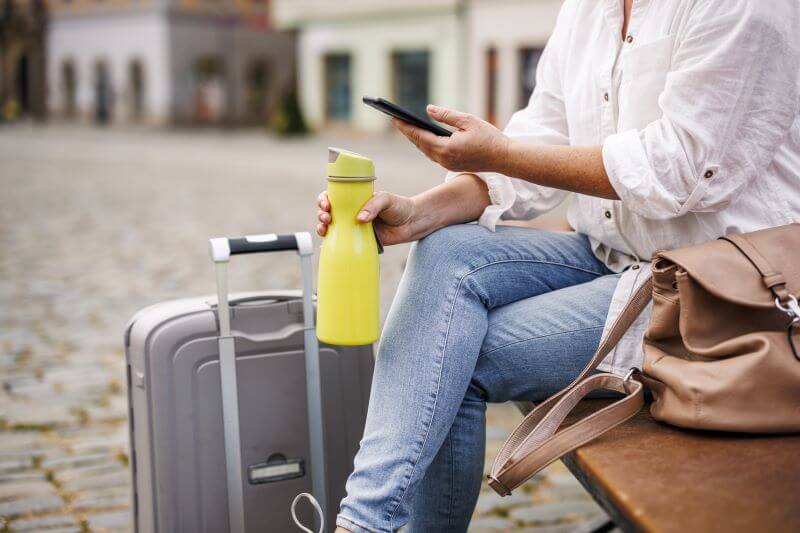
In all European Turbopass destinations, the tap water is absolutely safe to drink. This can save you money and reduce plastic waste. However, be aware that water quality, water pressure and hot water supply may vary, especially in eastern European countries. If you’re unsure about the tap water quality in your traveling destination, ask locals or opt for bottled water.
When traveling through Europe for the first time, it’s helpful to know that public bathrooms can vary significantly from country to country. In many places, particularly at motorway service areas or maybe in major cities, you might need to pay a small fee to use public restrooms, so carrying some loose change is always a good idea.
Facilities are generally clean, but in more rural or less touristy areas, you may find fewer options available – and in very rare cases they might be in a traditional, dated style.
If you’re visiting cafes or restaurants, you can often use their bathroom facilities, though it’s customary to make a small purchase first. In some countries, such as France and Italy, train stations and shopping centres often have well-maintained, paid public toilets. Some may advise you that not all public restrooms will have toilet paper, so it could be wise to carry a small pack of tissues with you – but we cannot really say we have encountered this. The lack of paper might happen when the rolls are empty. There are no public toilets where toilet paper is not provided as a matter of principle.
Lastly, in popular tourist destinations or – again – at motorway service areas, you may find self-cleaning toilet cubicles, offering a modern but sometimes confusing experience. Fancy!
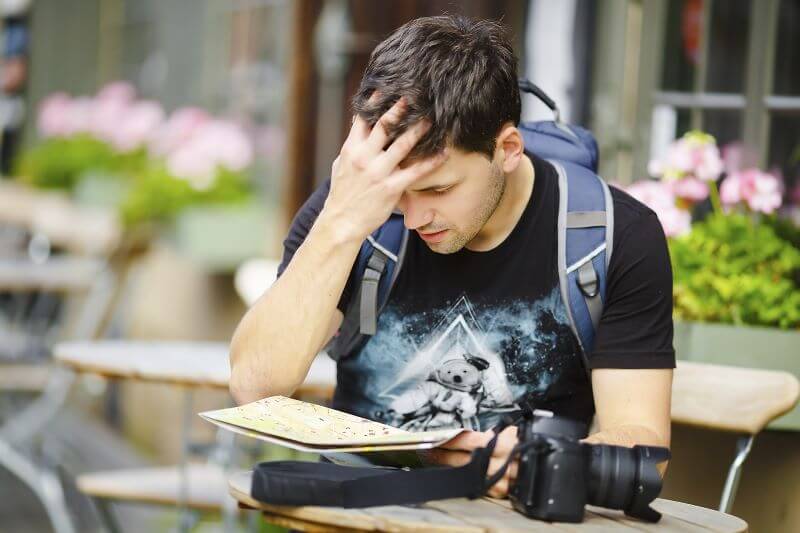
When dealing with prices and numbers in Europe, be aware that the thousands separator and decimal format can vary. For example, in many countries, a comma is used as the decimal separator, while a dot is used for thousands. Familiarizing yourself with this format will help you navigate prices easily.
Additionally, it’s important to note that the way dates are written can differ from what you might be used to. In many European countries, the format is often day-month-year (e.g., 31/12/2024 for December 31, 2024), rather than the month-day-year format commonly used in the United States. Being aware of these differences will help you avoid confusion when making reservations or planning your itinerary.

In some European countries, you may be required to prove your identity upon request. This is the case in Italy, the Netherlands and Portugal, for example. Always carry a copy of your passport or a government-issued ID with you, as local authorities may ask for identification in various situations.
If you cross a border, you must always have some form of identification with you – even on a day trip, when you may not have all your luggage with you. And do not forget: Children travelling must have their own ID document, regardless of their age.

Tipping customs in Europe can vary significantly from one country to another, so it’s essential to do a bit of research before you dine out. Generally, tipping is less common in Europe than in the US, and in some places, leaving a large tip can even be considered impolite. In many countries, the service charge is already included in the bill, so an additional tip is not expected. However, if you receive exceptional service, a small tip of 5-10% is appreciated.
Dining in Europe is a delightful experience, offering a diverse range of culinary delights. From traditional restaurants to modern cafes and bistros, there’s something for every palate. Be adventurous and try local specialties, whether it’s pizza in Italy, tapas in Spain, or a hearty goulash in Hungary. Don’t hesitate to ask for recommendations from locals or your server – they often know the best dishes to try. Embrace the local dining customs and savor the unique flavors of each European destination.
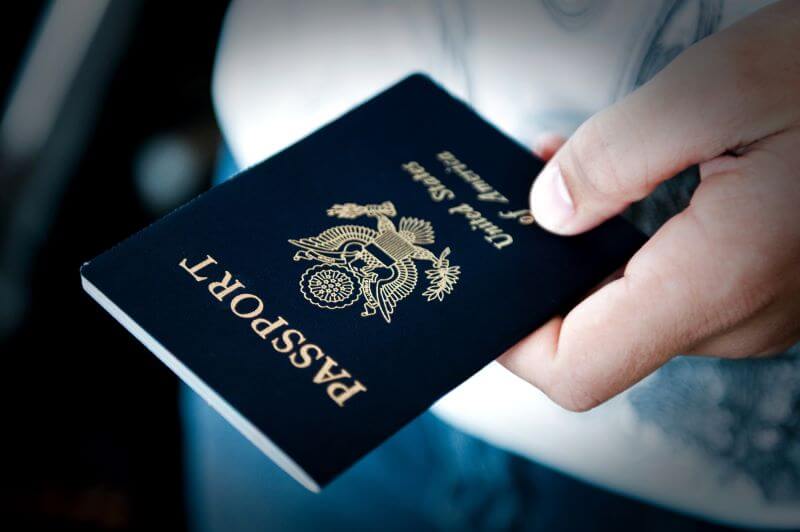
While Europe is generally a safe destination, it’s always wise to take common-sense precautions to ensure a worry-free trip. Be vigilant in crowded areas and tourist hotspots, as these can be prime locations for pickpockets. Keep your belongings secure and consider using a money belt or a secure bag for your cash and credit cards.
Avoid walking alone in poorly lit areas, especially at night, and always be aware of your surroundings. Respect local customs and laws, and avoid any behavior that could be considered offensive or disruptive. Understanding and adhering to local traditions will not only keep you safe but also enrich your travel experience.
By taking these simple precautions, you can enjoy a safe and memorable European vacation. Embrace the adventure, stay alert, and make the most of your time exploring the diverse and beautiful European destinations.

Traveling is all about embracing new experiences. Delays, changes in plans, or unexpected weather can happen, but these moments often lead to the most memorable adventures. Keeping a flexible mindset allows you to adapt and fully enjoy your journey.

Above all, remember that your trip to Europe is about enjoying yourself. With stunning scenery, delicious cuisine, and fascinating history around every corner, there’s no shortage of good times to be had. Soak in the atmosphere, meet new people, and create unforgettable memories.
Above all, remember that your European trip is about enjoying yourself. With stunning scenery, delicious cuisine, and fascinating history around every corner, there’s no shortage of good times to be had. Soak in the atmosphere, meet new people, and create unforgettable memories.
By following these practical tips and coming prepared, your first trip to Europe can be a truly magical experience. With a little planning and an open heart, you’ll find that the continent is brimming with opportunities for adventure and joy. Happy travels!